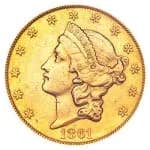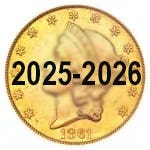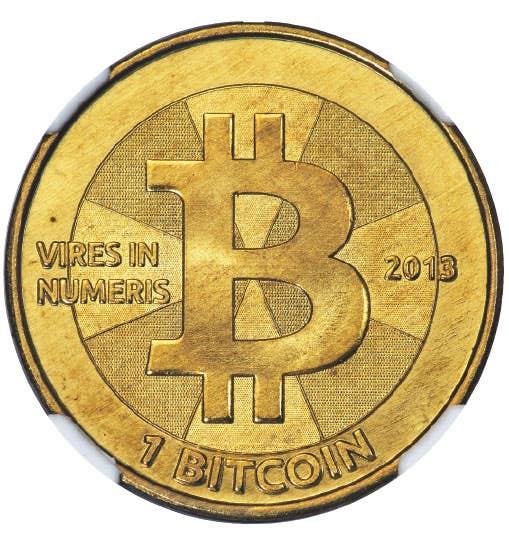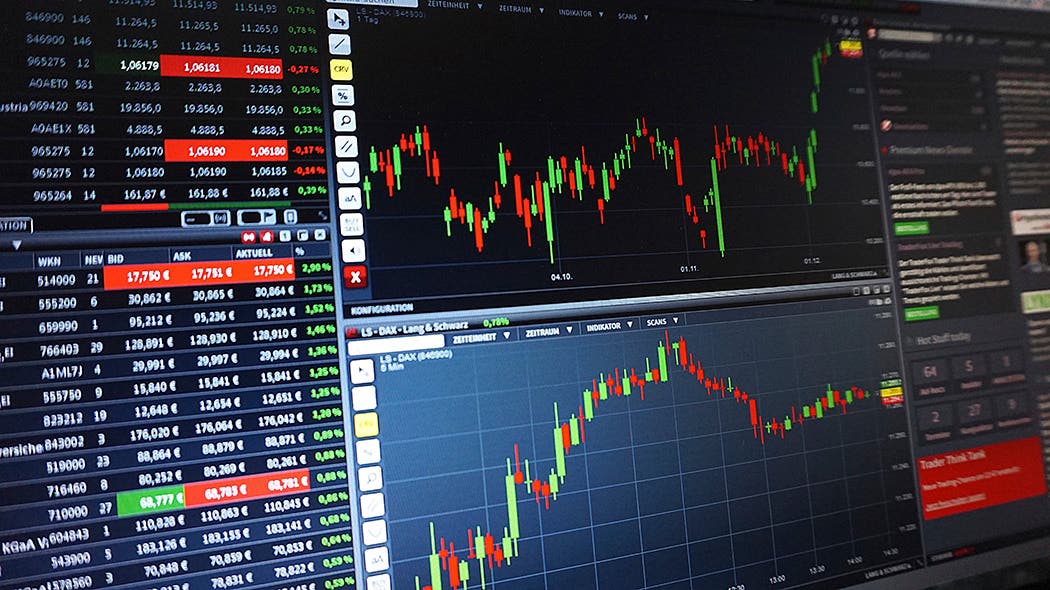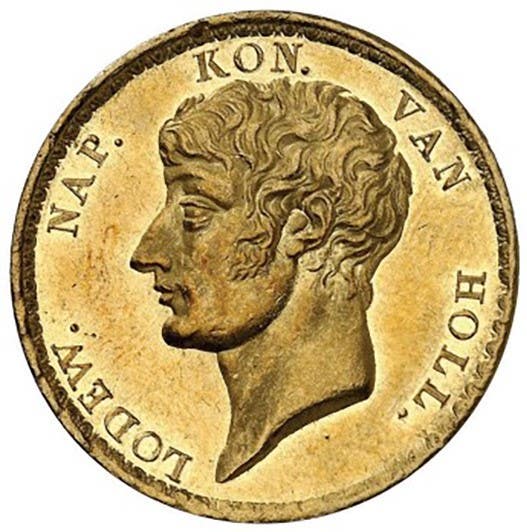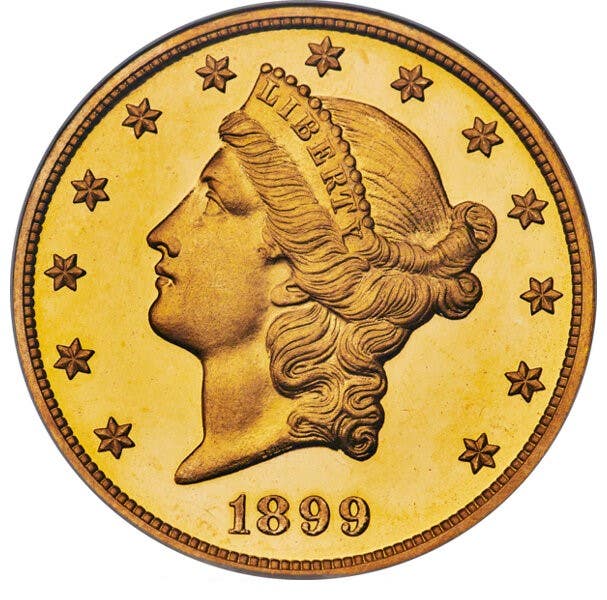Bullion show distracts collectors?
It there is any degree of heat in the coin market? Not that I can see in a recent exercise of updating price performance charts that are published in the…
It there is any degree of heat in the coin market?
Not that I can see in a recent exercise of updating price performance charts that are published in the annual North American Coins and Prices.
Where prices rose, it was invariably due to stronger prices in the prices of gold and silver.
That’s understandable.
An 1889-O Morgan silver dollar in F-12 jumped from $19.60 to $31.90.
A 1921 Morgan in MS-60 rose from $25.70 to $37.
A 1927-S Peace dollar in MS-60 crept ahead to $155 from $148.
An 1853 Liberty $10 gold piece in XF-40 moved from $613 to $983.
A 1908-D Saint-Gaudens With Motto $20 in MS-60 moved to $1,740 from $1,509.
Most everything else remained steady.
An exception was the drop in price for an F-12 1932-D Washington quarter. It went from $190 to $142.
Nothing signals the end of the state quarter program better than a loss in interest in the whole Washington series.
Why the lack of action outside of bullion?
The first of two most likely reasons is that collector incomes took a hit in the recession and some even had to sell off material to keep a roof over their heads. A drop in demand for coins from these collectors coupled with extra supply led to the logical outcome in the overall market.
A second reason is those who continued to work were often distracted by the higher bullion prices.
Just as you don’t try to read Tolstoy during the annual Fourth of July celebrations, it is hard for many collectors to focus on actually collecting when the bullion show is so entertaining.
- Subscribe to the NumisMaster Coin Price Guide for access to the web’s most comprehensive list of coin values
- Join the NumisMaster VIP Program for free subscriptions, store discounts, and more!
- Buy and sell coins, currency, and more in our online classifieds

